How to Survive a Windstorm
A windstorm can be a powerful and dangerous natural event, capable of causing significant damage and putting lives at risk. Whether you find yourself in the path of a hurricane, tornado, or strong gusts of wind, it is crucial to be prepared and know how to stay safe. Check out these tips on how to survive a windstorm.
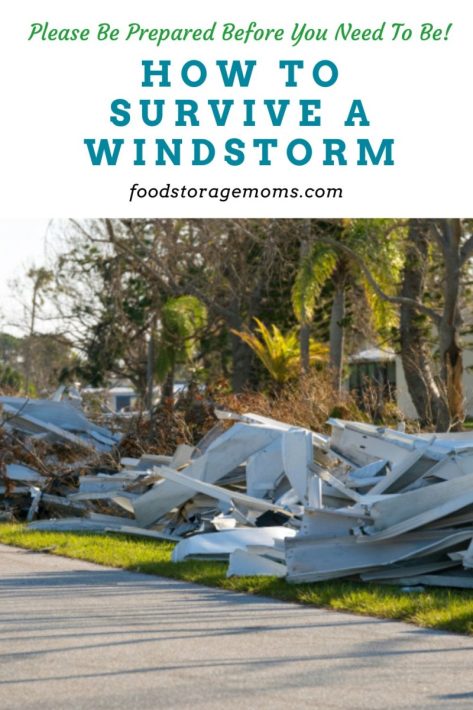
Stay Informed
To effectively navigate a windstorm, it is essential to stay informed about the latest developments by way of alerts or warnings. Stay updated with the latest weather forecasts and warnings issued by local authorities or reputable sources like the National Weather Service. The earlier you are aware of an approaching windstorm, the more time you will have to prepare.
If local officials issue evacuation orders, take them seriously and evacuate as directed. Your safety should always be the top priority. Safety Tips for Preppers: Ensuring Preparedness in Any Situation As part of your family’s emergency preparation plan, you should always specify evacuation routes based on where you are. You should also practice using those routes so all family members are aware.
It’s a good idea to get a National Oceanic and Atmospheric Administration (NOAA) weather radio and know how to use it. That way you can feel confident you’ll hear about and know how to respond to weather-related events. That could include severe thunderstorms, hurricanes, tornadoes, and snow or ice storms headed your way.
Prepare Your Home
Taking proactive measures to secure your home can significantly reduce the risk of damage during a wind storm. Bring in or secure any loose objects outside your home, such as lawn furniture, toys, or potted plants. These items can become projectiles during high winds and cause significant damage.
Install storm shutters or plywood over windows and reinforce doors to prevent them from being blown open. This helps protect your home from flying debris and minimizes the risk of structural damage. Glass doors are susceptible to being shattered in a severe wind storm, so be prepared to remove or properly cover them.
Regularly trim branches and remove dead or weak trees near your home. This reduces the chances of them falling over or being uprooted during a windstorm and damaging the home, car, or people. Old or weak tree limbs can be a real danger. Be sure to clear them from the tree during good weather so you don’t have to worry about their stability.
Ensure that your roof is in good condition and well-maintained. Fix any loose shingles or tiles to prevent them from being torn off by strong winds. This is an essential tip for learning how to survive a windstorm. 20 Super Easy Ways to Be Prepared for a Tropical Storm
Create an Emergency Kit
Having a well-stocked emergency kit is crucial in ensuring your safety and comfort during a windstorm. Stock up on non-perishable food items and bottled water to last for at least three days. Include a manual can opener and consider any specific dietary needs.
Have a well-stocked first aid kit that includes bandages, antiseptic wipes, medications, and any necessary prescription drugs. Keep several flashlights with extra batteries readily available. Avoid using candles due to the fire risk they pose. Pack warm clothing, blankets, and sleeping bags to stay comfortable during power outages. What Are 20 Basic Items in an Emergency Kit?
Stay Safe During the Storm
When a windstorm hits, it is vital to take immediate action to ensure your safety. Seek shelter in a sturdy building, preferably one with a designated safe room or basement. In case of a power outage, use the stairs and avoid elevators so you don’t get stuck.
In your home, stay away from windows and exterior walls. An interior room will be the safest, even a bathroom or oversized closet can be used.
Tune in to a battery-powered radio or rely on your smartphone for emergency updates if you don’t have the NOAA radio. Follow instructions from local authorities and emergency management agencies.
If heavy rain accompanies the windstorm, avoid walking or driving through flooded areas. Fast-moving water from a flood can look somewhat safe but be extremely dangerous. Be cautious when going outside after the storm has passed. Watch out for downed power lines, broken glass, or other hazards. Saharan Dust Storm: Everything You Need to Know
Stay Connected and Seek Help
Maintaining communication and seeking assistance when needed is crucial during a windstorm. Inform friends and family of your whereabouts and communicate your safety status periodically, if possible. Utilize social media platforms to stay connected and receive real-time updates from local authorities and emergency services. If you find yourself in immediate danger or need assistance, contact the appropriate emergency services hotline (e.g., 911) or local authorities. What You Need in Your Evacuation Shelter Bags
What causes a windstorm?
Various factors, including low-pressure systems, weather fronts, or the interaction of air masses with different temperatures and moisture levels can cause windstorms. They can also occur during severe weather events such as hurricanes, tornadoes, or thunderstorms.
Of course, hurricanes are most common along the East Coast states in the U.S. Hurrican conditions are given ratings or categories based mainly on the speed of the wind. A category 1 hurricane has winds at 74-95 MPH, a 2 has winds of 96-110 MPH, a 3 major hurricane experiences wind levels at 111-129 MPH, a category 4 major storm has winds of 130-156 MPH, and a category 5 has winds of 157 or higher.
The storm surge on coastlines can cause as much or more damage than the winds due to the flooding that takes place.
How fast do winds need to be for it to be considered a windstorm?
The definition of wind storm can vary depending on the region and context. Generally, sustained winds of 40-50 miles per hour (64-80 kilometers per hour) are considered strong enough to be classified as a windstorm.
Are windstorms dangerous?
Yes, windstorms can be dangerous due to the high wind speeds and potential for flying debris. They can cause significant property damage, and power outages, and pose risks to human and pet safety.
More Tips
- Prepping Tasks to Take Care of Every Year
- Being Prepared: These Are My Favorite Things
- 30 Ways to Stay Warm When It’s Cold Outside
Final Word
Remember, each windstorm is unique, and the severity can vary greatly. Always prioritize your safety and use common sense when dealing with a windstorm. Stay informed, be prepared, and follow the guidance of professionals to maximize your chances of survival. Using these tips to learn how to survive a windstorm is important. May God Bless this World, Linda
Copyright Images: Windstorm with Water AdobeStock_139129791 By DHstudio,

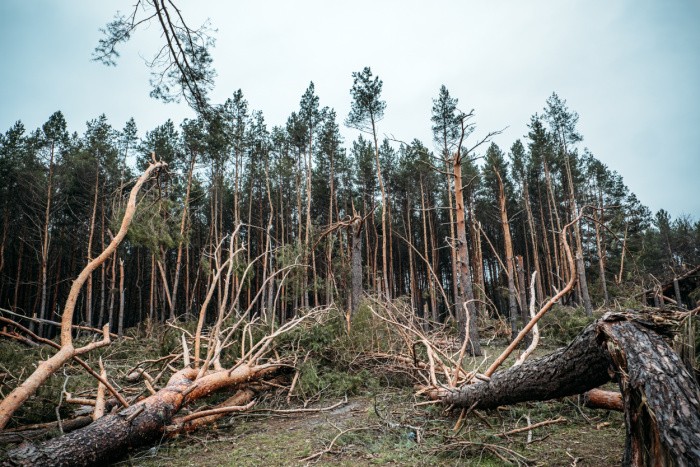

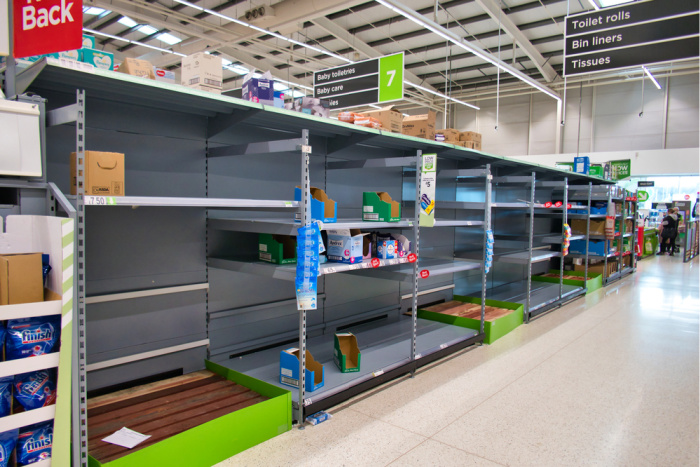



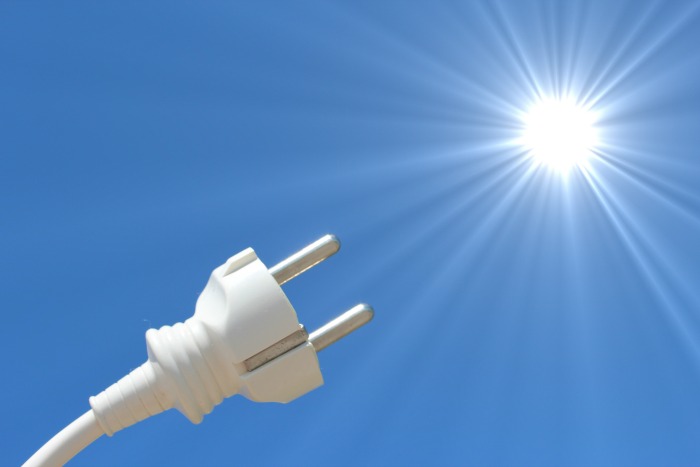
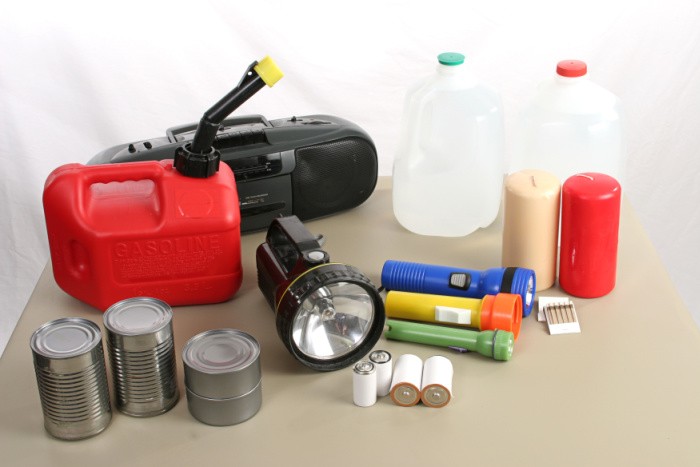







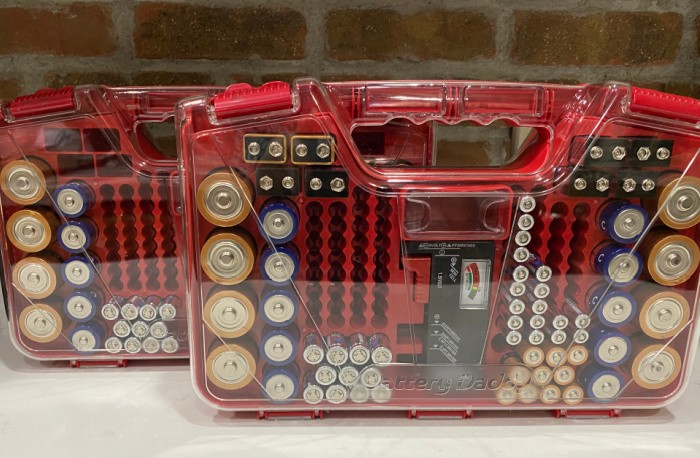





We get 70-80mph straight line bout once or twice a year. Wind here blows constantly. It generally leads to wildfires.
Trash can chasing is an Olympic sport In this state lol
Hi Matt, oh the wildfires, so true! Thats how it was in Southern Utah. Garbage and the Olympic Sport, we need a good laugh! LOL! Linda
We had a windstorm earlier this week. It was mild, by hurricane standards with peak wind gusts around 75 mph. Our power lines are below ground, and we have a generator, but we did bring in the last of the outdoor holiday decor. While we had no issues other than rescheduling a doctors appointment, and not putting out the garbage cans, they will keep until next week, there were over 60,000 homes who lost power. Over 48 hours later over 6000 homes are still without power. This in a state where our government wants to eliminate all natural gas….. But don’t worry…. our governor had a whole house generator installed in HER home, so she good ( tongue in cheek)
HI Chris, oh the governor and the generator…..LOL! When you have 75 mph winds its crazy! Just having 60,000 without power, that’s a lot. Eliminating natural gas is ridiculous, so many of us want gas dryers, gas water heaters, gas stoves, and gas generators. There are no words to explain why this is so critical. Power grids (electricity will be extinct). I’m glad you are okay! Linda
You always see people taking shelter from a tornado under a freeway overpass. I’ve always heard that is NOT safe as the wind will tunnel through and suck you right out. It’s safer to find a ditch and lay low in it…providing there’s no water in it! LOL. Here in Reno, NV, we get ALOT of high winds, well over 50mph (as evidenced several times this week alone) and sometimes way above 100mph. It’s just a fact of life for this area. We live in an older neighborhood with older power poles and we lose power frequently. It doesn’t stay off that longer; not much more than several hours. We’re fully prepared for that, tho. That good old woodstove has helped us on innumerable occasions!
Hi Robbie, oh that’s right, the grandfathered in woodstove! Those winds are bad! We lived in Farmington, Utah years ago, and the freeway signs were bent over from the winds as well as the semi’s. Great tip on the ditch if there is zero water, good one! Linda
I am with Matt that “Trash can chasing is an Olympic sport”. I recently lost my trash can!! I “think” it is at a neighbor’s house but I am not going to take one that I “think” was mine! The city has not replaced mine yet (going on 4 weeks now) but I do have access to a very large dumpster and I figure since I am still paying the city to pick up my garbage, that is not an issue. So, at this time, I am not really wanting my own garbage can because at 70+, I just cannot go chasing the can around!
According to https://worldpopulationreview.com/state-rankings/windiest-states, Wyoming is the third highest wind speeds. This weekend, we are going to be topping out with gust over 70mph (wind chills of -40degrees!!). I’m not sure I am equipped to handle this weather;)
Hi Leanne, oh my gosh, the garbage can story is the best one ever! LOL! Funny but not funny! I can’t imagine -40 degrees wind chill factor, our pipe would freeze and break. We had neighbors pipes freeze and back up in Southern Utah because they didn’t leave the heat on at 50 degrees in the winter. OR they forgot to remove their hoses outside and the water froze and broke the pipes. It only happens to you once and you quickly learn what you need to do before winter hits your neighborhood. Stay warm, my friend, Linda. P.S. Thank you for the link to the windiest states!!!
I lost two homes to tornadoes in SE Kansas, where I grew up. Storm cellars were the norm on farms and basements were a godsend. But not everyone can have those because of the water table being too high or a builder being too cheap. If your water table is too high, build an above ground storm room.
For a brief period of time when I was building solar systems and living in Boulder, CO (aka the Peoples Republic of Boulder or 23 square miles surrounded by reality) I had an old mobile home. 120 mph winds with gusts into the 140’s came through and blew the front door off of my place. It was a real bear nailing that door back in place with those winds. But I was lucky. Lots of homes were either crushed by fallen trees or had their roofs blown completely off. Didn’t have basement or storm cellar like when I lived in Kansas so I spent the duration of the night on a foam pad in my bathtub, with a mattress pulled over me. Gotta love those high winds.
We are currently buried in snow with winds that makes it impossible to see our lamp post. It still amazes me the people that will venture out. We taught our kids, if the weather is bad, going out better be worth the car insurance deductible ( then $1000.) ……. many a young ladies love and affection was measured by the dollars in a young man’s wallet …….
Hi Chris, the insurance deductible story, I love that! I got the giggles! So true, though! I had another ongoing Glaucoma surgery yesterday and had to go to a followup today. It would have normally taken us 25 minutes, it took over an hour with the snow and icy roads. Believe me, I would have stayed home if it hadn’t been mandatory. We do not have as much snow as you do today anyway. Their are days I wished I had stayed in living in Southern Utah!! LOL! I’m glad you are prepped to take care of yourselves!! Linda